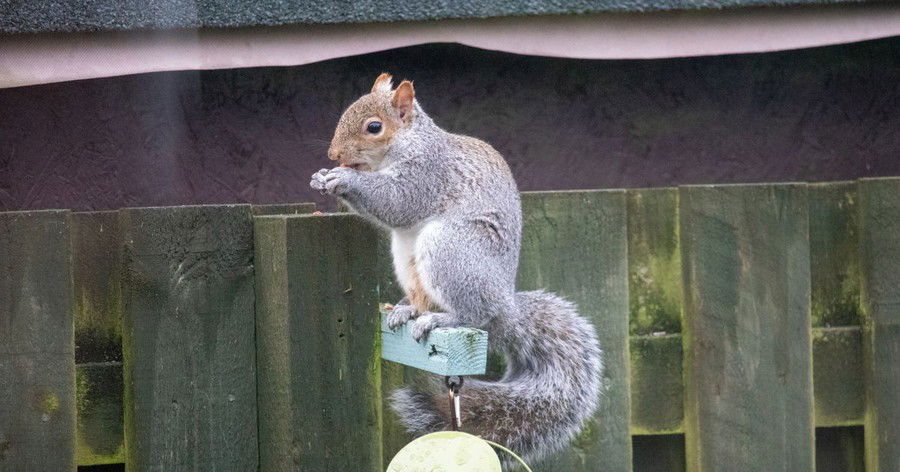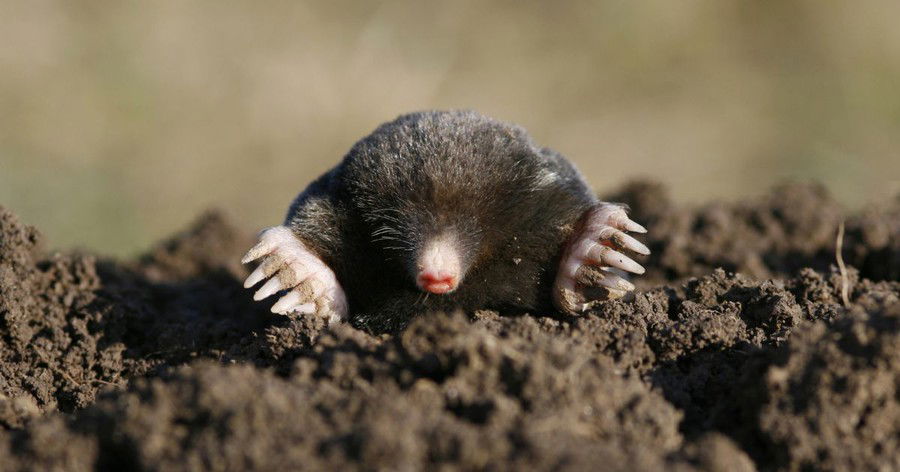Noticing signs of wildlife on your property can reveal a lot about your local ecosystem and the animals that inhabit it. Whether you live in a rural area or on the outskirts of a city, understanding these signs can help you appreciate nature's presence while taking necessary precautions for your home and garden. Identifying wildlife tracks, droppings, nests, and other traces can provide valuable insights into the types of animals visiting your land and their behaviors.
You might see footprints in the mud or droppings near your garden, indicating the type of animals nearby. Watching for signs like chewed plants, scratched trees, or even the sounds of rustling at night can enhance your awareness of the wildlife around you. Addressing these signs can also help you manage potential issues, ensuring you balance enjoying nature and protecting your property.
Ad
By observing these signs closely, you can cultivate a deeper connection with the wildlife in your area. Engaging with your environment in this way fosters an appreciation for nature and empowers you to make informed decisions about wildlife interaction.
Identifying Wildlife Presence
Detecting wildlife presence on your property involves observing various indicators that suggest animal activity. By being attentive, you can gather specific evidence that helps you understand what types of animals may be visiting your yard.
Common Indicators
Look for tracks on the ground that can reveal the species present. You might notice distinct patterns that indicate the size and type of animal.
● Paw prints: Dogs, cats, and raccoons leave specific shapes.
● Scat: Animal droppings provide information about diet and size.
● Burrows and nests: These indicate a more permanent presence.
Check for signs of feeding. Scratched trees or overturned soil may suggest foraging activities. Look for broken branches as well, which can indicate frequent movement.
Audible Signs
Sounds can be telltale signs of wildlife activity around your home.
● Calls and chirps: Birds, frogs, and insects produce recognizable sounds to help identify their species.
● Rustling: Listen for movements in bushes or undergrowth, which may indicate small mammals like raccoons or possums.
● Barking or yowling: These sounds often come from domestic pets but can also signal the presence of coyotes or foxes.
Be mindful of the timing of these sounds. Nocturnal animals are more active at night, while diurnal creatures are heard during the day.
Visual Evidence
Aside from tracks, many visual cues can signal the presence of wildlife.
● Feeding stations: Bird feeders or half-eaten fruits can attract various species.
● Scratches and marks: Trees or fences may show signs of claw marks or rubbing from larger animals, like deer or bears.
● Fur or feathers: Finding clumps of fur or feathers can indicate prior activity and species types.
Observing these elements regularly can help determine which animals visit your yard. Noting the signs and sounds will give you a clearer picture of wildlife activity around your home.
Assessing the Impact of Wildlife

Evaluating the effects of wildlife on your property is crucial. Significant damage can occur if infestations are left unchecked, particularly in areas like Arlington, where wildlife encounters are common.
Property Damage Assessment
Wildlife can inflict various types of damage to your property, ranging from structural issues to loss of insulation. Common signs include holes in walls, gnaw marks on wood, and droppings around your home.
Identify specific damage:
● Holes and entry points: Look for gaps around doors, windows, or pipes.
● Gnaw marks: Check wood beams and furniture, especially in basements.
● Nesting areas: Inspect attics or sheds for nesting materials like shredded paper or leaves.
Ad
If you notice these signs, addressing the potential wildlife infestation promptly is important. Failure to act can lead to costly repairs.
Garden and Landscape Effects
Wildlife can also significantly affect your garden and landscape. Animals like deer, rabbits, and rodents may feast on plants, flowers, and vegetables, diminishing their aesthetics and causing crop loss.
Observe specific impacts:
● Bite marks on vegetation: Look for chewed leaves or uprooted plants.
● Trampled flower beds: Signs of footprints in mulch or disturbed soil indicate wildlife activity.
● Digging: Burrows near gardens often signal rodent presence.
Protective measures, such as fencing or planting deterrent species, can help mitigate these effects. Awareness of these impacts allows you to take preventive action before issues escalate.
Local Wildlife in Arlington

Arlington is home to diverse wildlife that can impact your property. Familiarizing yourself with local species and their seasonal behaviors can help you manage their presence effectively.
Understanding Local Species
Arlington's common wildlife includes squirrels, raccoons, opossums, and various bird species. These animals may invade your property for food, shelter, or nesting sites.
Squirrels and raccoons are notorious for raiding bird feeders and rummaging through trash cans. They are adept at climbing, making attics and roofs vulnerable.
Opossums, often misunderstood, can help by controlling pest populations but may also invade under decks or crawl spaces.
Identifying these animals and understanding their behaviors is critical for effective management. A prompt assessment can prevent further issues if you find signs of wildlife taking over your property in Arlington.
Seasonal Wildlife Patterns
Wildlife activity in Arlington varies throughout the year. In spring, squirrels and raccoons become more active as they prepare for breeding. During this time, young animals may be seen foraging, increasing the chances of encounters around your home.
In summer, many animals search for water and food to sustain their young. Bird populations may be more noticeable as they feed and teach their fledglings to fly.
With autumn, squirrels become busy collecting food for winter. Raccoons may appear more frequently as they prepare for hibernation.
Winter often sees reduced wildlife activity, but you may still notice signs of animals burrowing or seeking shelter. If wildlife is overwhelming your property, consider contacting Critter Stop at (214) 234-2616 for a free inspection. Critter Stop has a fantastic reputation and online customer reviews because it provides high-quality work and great customer service.





— Comentários0
Seja o primeiro a comentar